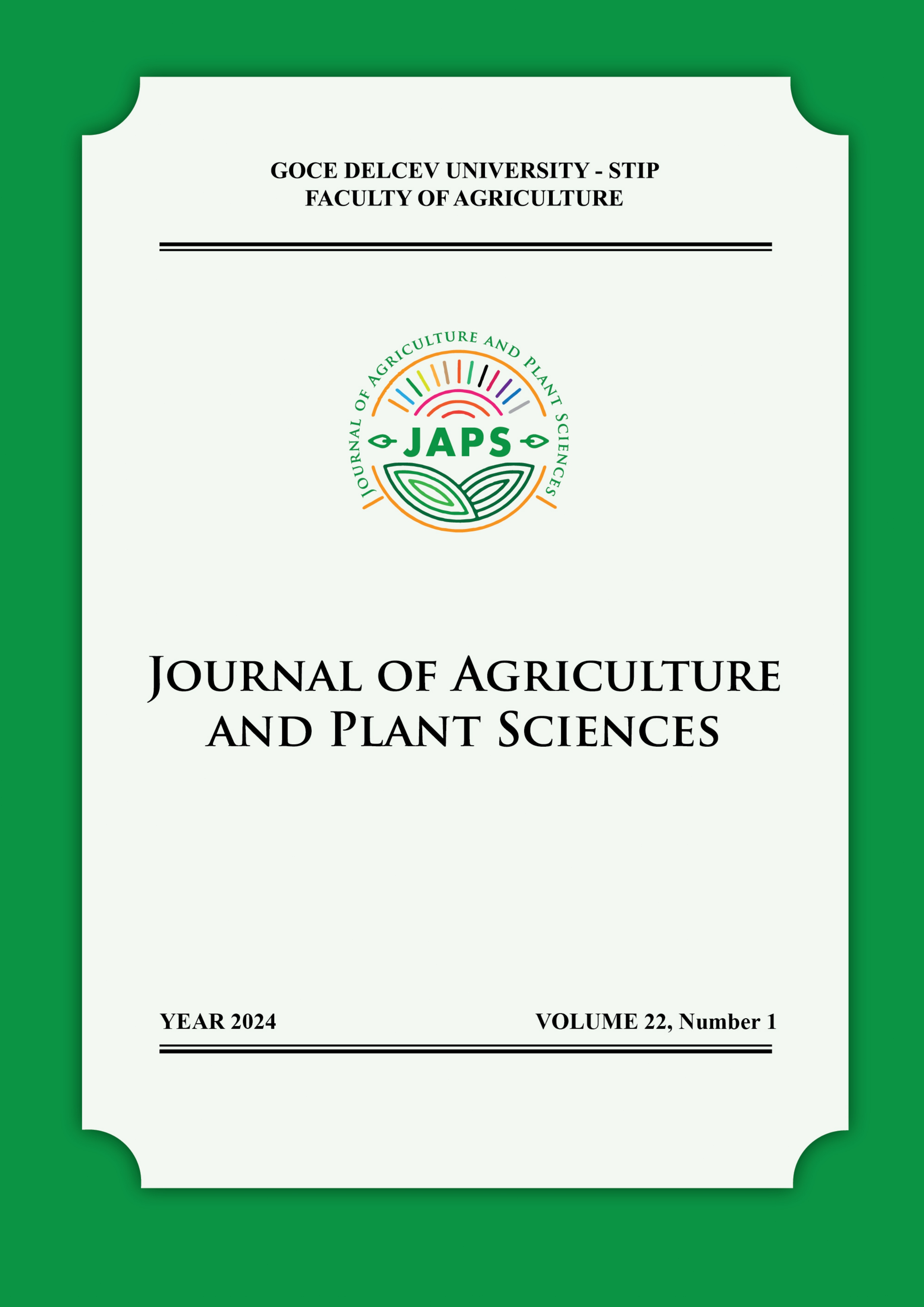PHYSICAL AND CHEMICAL PROPERTIES OF MADŽUN (grape molasses) PRODUCED FROM VRANEC GRAPE VARIETY BY TRADITIONAL AND INDUSTRIAL TECHNIQUES
DOI:
https://doi.org/10.46763/JAPS24221015dAbstract
Grape molasses is one of the most popular and traditional food in North Macedonia, mostly used in the past decades. Mainly it’s produced using a traditional protocol (technique) of preparing the molasses, commonly known as "Madžun". The present study summarizes data for characterization of some physical and chemical properties of grape molasses (Madžun) from Vranec grape variety. Comparative analyses have been conducted for samples produced using traditional (four samples) and industrial (one sample) techniques. The water-soluble dry mater contents of the samples were determined in the range from 61.67% to 75.17%. Total sugar contents of the grape molasses (Madžun) samples were determined in the range from: 47.27%) to 72.42%. Furthermore, the content of sucrose in all samples was at low levels (<0.1%), which indicates that no sugar, additionally has been added in the production of grape molasses (Madžun). The total phenols (gallic acid) were identified in five samples and significant differences were observed between samples. Sensory analysis of the samples was carried out by a committee consisting of 7 members. All committee members were females with long-term experience in sensory evaluation of plant-based foods. The following parameters were evaluated: color, smell, taste, sweetness, acidity, texture and aftertaste. Based on the sensory evaluation data, the highest score of 17.92 points (maximum referent declared value is 20 points) was obtained for V3 sample - the best grape molasses (Madžun) produced using traditional technique.
Downloads
Published
Issue
Section
License
The intellectual property and copyright on the original content of all scientific contributions in the published paper shall remain with the authors. Authors give permission to the JAPS owner to publish the paper. All authors agree to publish the paper under Attribution-NonCommercial-NoDerivatives 4.0 International license (CC BY-NC-ND 4.0).

